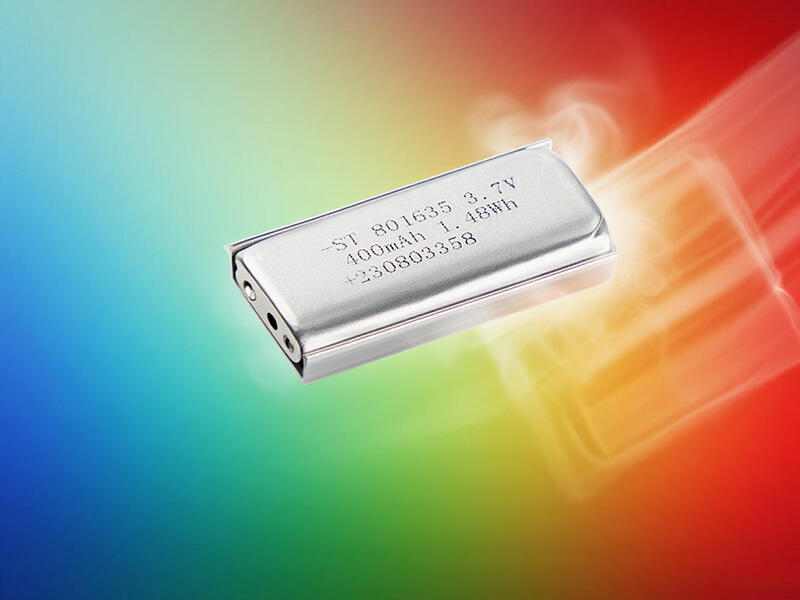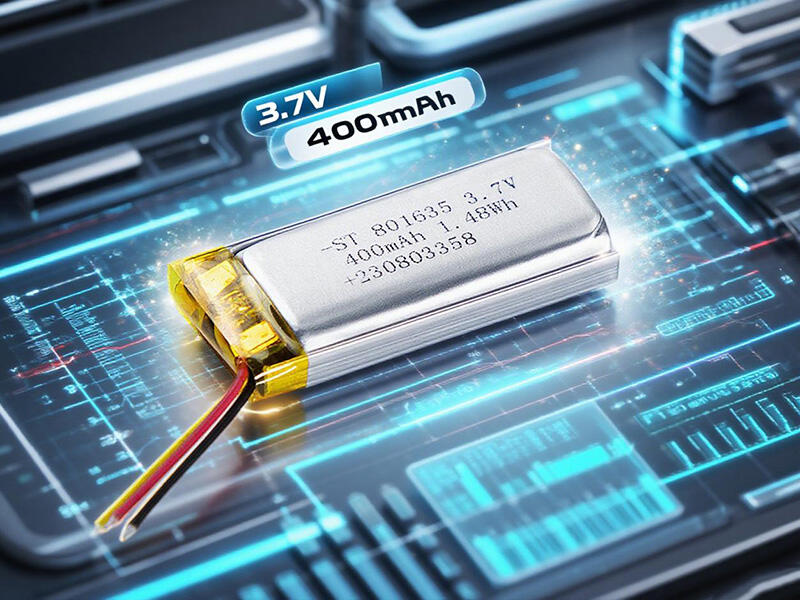LiPo battery is a rechargeable type of battery used to house consumer items, including drones and phones. The knowledge of the aspect which spoils their lives, however, may prove to be essential to those not only battery growers and users who have to make their battery best but also they have to expand their lives. Even the amount of batteries that offer good benefits in comparison to their counterparts also have weaknesses that impact on their life span. In this paper, explanation is given on the argument that charger bicycle, depth of discharge, temperature, and storage also affects the performance of the LiPo battery.
The Impact of Charging Cycles and Depth of Discharge
Some major contributors contribute factors that affect the lifetime of a LiPo battery include the charging cycle. A charging cycle refers to the discharging of a battery that recharges to the bottom (0) and full power (100) in all ways. In practice, application programming only has a flow of PDC because partial discharge occurs. Using an example, if a device passes 25 percent from a four drawing bicycle, it does not mean that the device has used a full cycle. LiPo battery is one that usually has a lot of reduction between 300 and 500, before the capacity is greatly reduced.

A major consideration that determines battery life is configuration depth of discharge (DoD). The DoD gives the indication of a fraction of the battery capacity it used before recharging. An example would be where a battery can be charged to 50% and discharge back to 50 giving a DoD of 50. Experiments showed over and over again that DoD can be reduced to grant the battery much longer lifetime. A 20-percent DoD battery has a much larger cycle life before failure, possibly more than twice that of a latent DoD battery, e.g. one discharged repeatedly down to 80 percent. Such relationship exists because degradation is accelerated by deeper discharges that cause more stress on the anode and cathode materials.
How Temperature and Storage Voltage Affect Degradation
Temperature significantly influences the life of LiPo battery. Batteries run best within room temperature range, most commonly accepted to be 20c (68f). When heated, the chemical reaction inside a LiPo battery is accelerated, possibly boosting some of the capacity in the short term but degrading over a longer period of time. Extreme heating may result in electrolyte decomposition and hence a higher internal resistance, and finally breakdown. On the other hand, extremely low temperatures may prevent the battery to supply current, because the efficiency of the chemical processes involved in the functioning of the battery is affected by higher resistance.
Moreover, storage voltage of LiPo battery affects its life greatly. LiPo batteries can be stored in the long term at a partial charge of between 3.7 to 3.8 volts per cell and should not be stored fully charged (4.2 volts per cell) or discharged (below 3.0 volts per cell). Leaving a battery in a fully charged state will allow the battery to adopt a crystalline structure (lithium plating) that irreversibly lower capacity. On the other hand, low voltage storage of a battery may result in the over-discharge phenomenon or battery voltage run-down below a safe point that may cause permanent damage.

Conclusion
To sum up, the life of rechargeable lithium polymer battery depends on a variety of factors. The charging cycles and the level of discharge can have drastic effects on battery capacity before it becomes significantly decreased. In the meantime, keeping an ideal environmental condition, namely the temperature and the storage voltage is also imperative to enable an extended battery health. By being aware of these variables and controlling them, one can highly extend the usability and lives of LIPo batteries so that they can continue to power the devices with which they are interconnected in many ways. Lithium polymer batteries are improving through continuous research and development on battery chemistry which promises more stable and longer lasting solutions.
